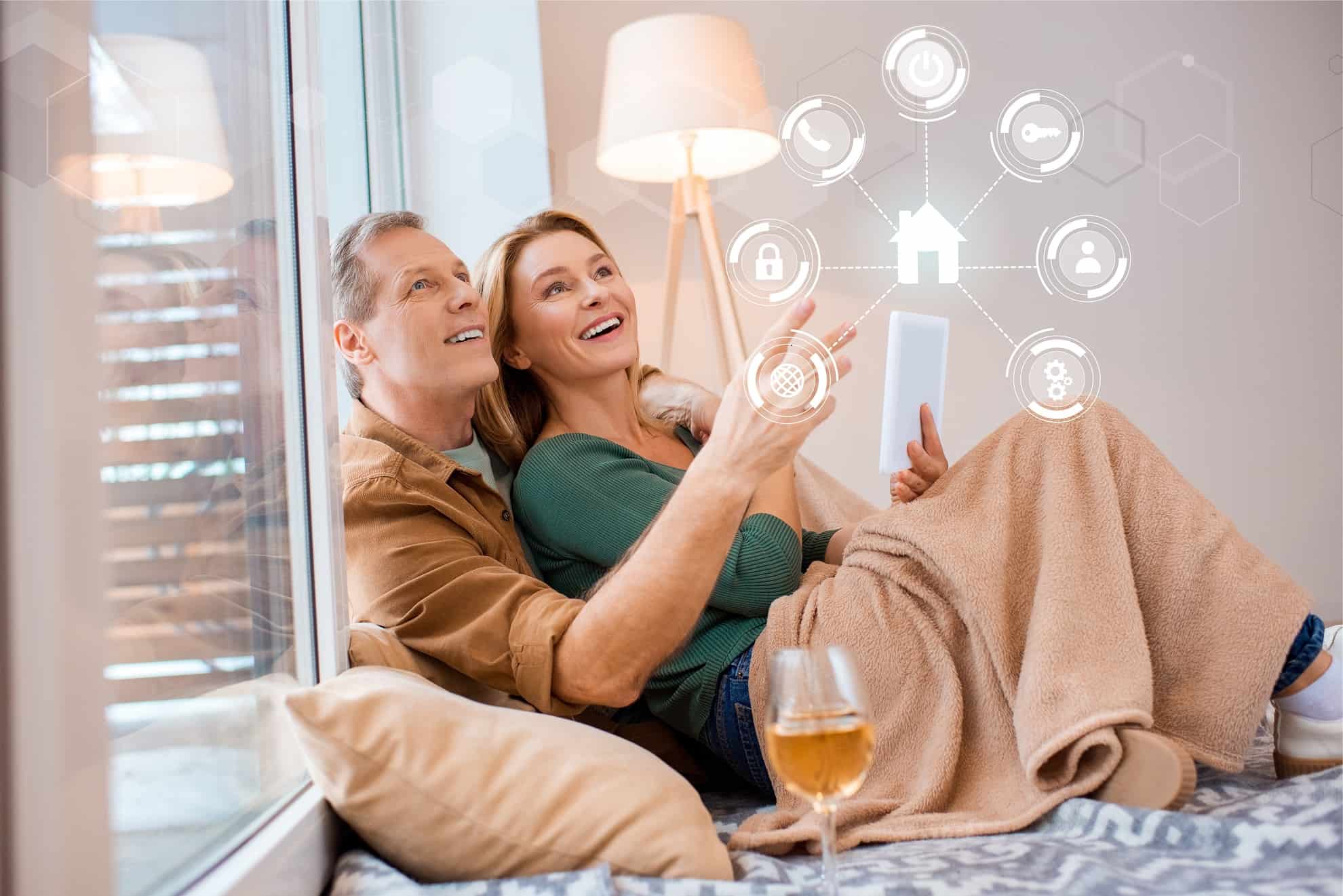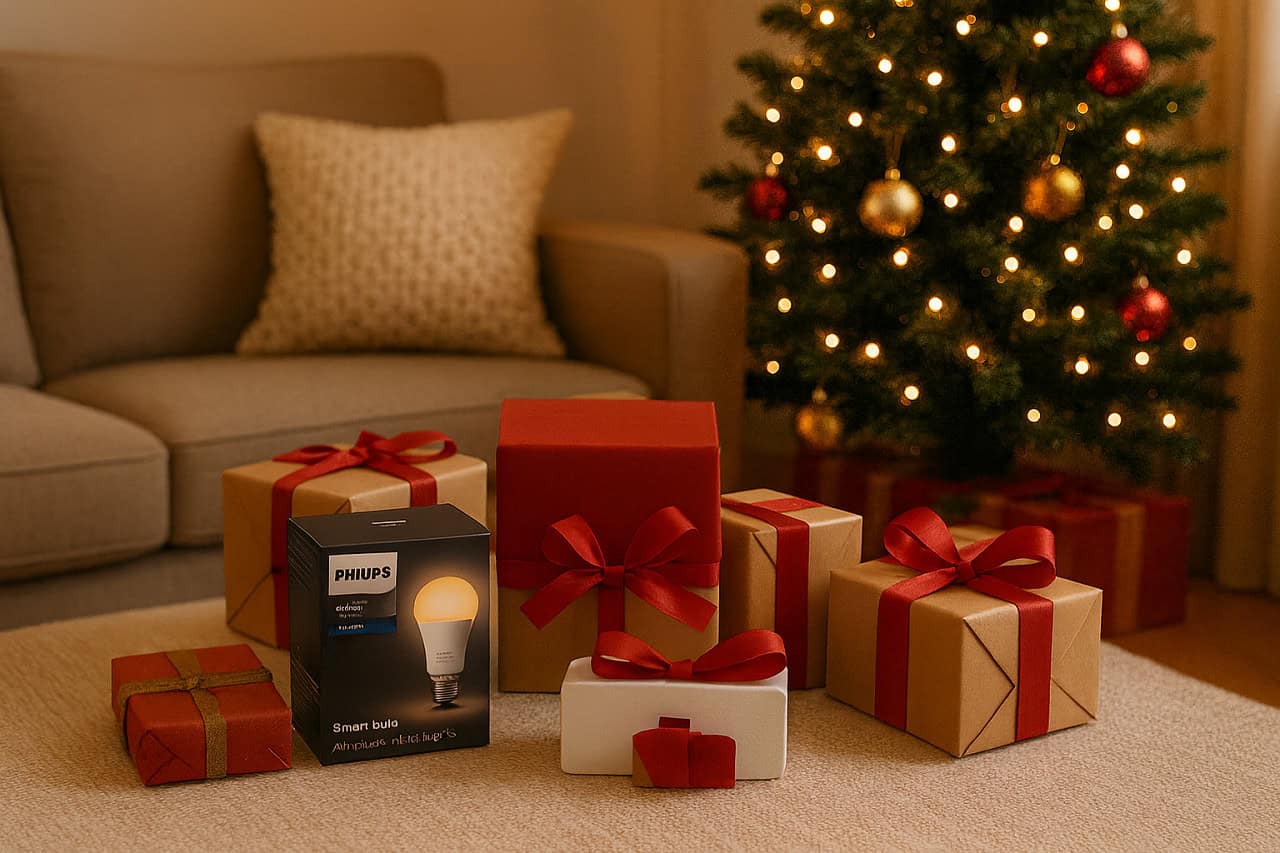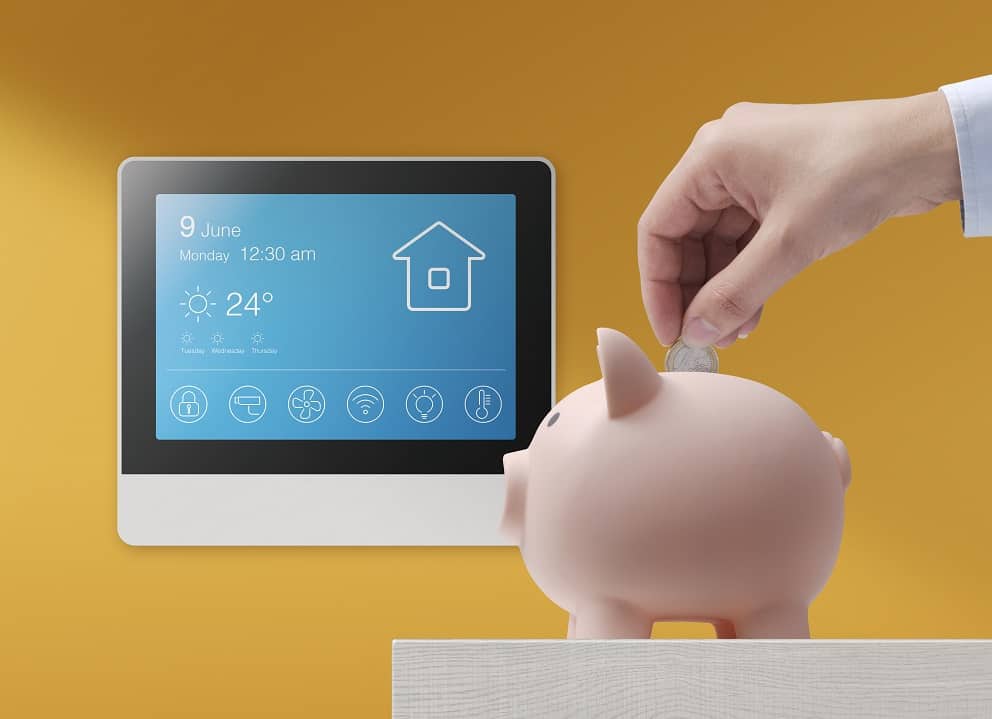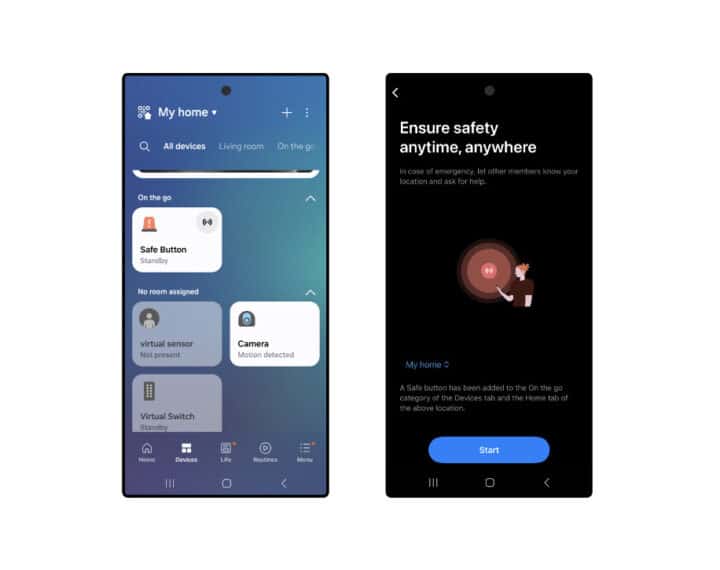In today’s fast-paced world, where technology plays a significant role in our daily lives, it’s essential to ensure the safety and security of our homes, especially when it comes to our smart devices. But what happens to your smart home when disaster strikes? From smart locks and security cameras to voice-controlled assistants and automated lighting systems, our smart homes are becoming increasingly vulnerable to potential disasters. In this blog post, we will explore the importance of disaster planning for your smart home and provide you with practical tips and advice to safeguard your investment.
Why you should have Disaster Planning for your Smart Home
Today, I saw a post about a widow who’s partner was the person who setup their smart home. Lights, ceiling fans, nothing worked without the controller. However, after the partner was gone, the widow was left with no understanding of how all of the automation worked or where to go to control the smart home. This is an unacceptable situation for anyone to be in, especially someone you love in one of the more trying parts of their lives.
Disasters and mishaps happen every day in life. From snow in Texas to hurricanes, floods, earthquakes, or even car accidents. We can never anticipate what the future will bring, beyond anticipating that it will bring the unexpected. It’s important to plan for the worst case with your smart home, so that you and no one you love is ever in a situation where you can’t work the lights because your smart home isn’t working.
Disaster planning is of utmost importance when it comes to your smart home. In the face of natural disasters like hurricanes, floods, or even power outages, your smart home may be at risk. Without proper planning, you may lose access to critical functions such as security systems, lighting controls, or even temperature regulation. By proactively preparing for potential disasters, you can minimize the impact on your smart home and ensure the safety and functionality of your devices.
Disaster Planning for your Smart Home
When it comes to disaster planning for your smart home, it’s important to be proactive in identifying potential risks and hazards that could affect your devices. Start by assessing your surroundings and considering the types of emergencies that are most likely to occur in your area. This could include natural disasters like hurricanes, earthquakes, or floods, as well as man-made emergencies such as power outages or cyberattacks.
Have Backups
Assessing vulnerabilities in your smart home is the first step towards effective disaster planning. Are there any points of failure that could leave your entire smart home vulnerable or make it so things don’t work? Having at least a manual backup for smart lights and things like your thermostat are critical with a smart home. Does the light paddle still control the light even without the controller reachable? Can you set your thermostat temperatures manually if you had to? These are important things to know.
Additionally, have data backups. One major risk with a smart home, especially if you are hosting things yourself, is data loss. This can happen from something as simple as a hard drive or SD card failing, or it can come from something more nefarious like a virus. Backing up your data and settings regularly is essential, as it allows you to restore your devices to their previous state if anything goes wrong.
Ensure Functionality Continues
Additionally, protecting power sources is crucial to keep your devices safe and powered during outages. Consider investing in surge protectors and uninterruptible power supplies (UPS) to safeguard against power surges and provide backup power for your smart home devices. For example, if your smart home relies solely on Wi-Fi connectivity, a loss of internet access could render your devices useless. However if your router and modem are connected to a UPS, your internet may continue to work through an outage.
Test It
Think you have your smart home all secure and ready for a disaster to strike? Test it out. Unplug your smart home controller and see what stops working. Unplug your router and see which devices can’t function. If you are feeling really thorough, turn off power to your house and see what stops working.
Document It
After you’ve created your smart home, setup manual fail safes, and have backups, it’s time for the next step. Document everything. This includes passwords, where backups are, and how to restore everything. If you aren’t home when the disaster strikes but a family member is, they should have everything available that they need to either manually operate systems or restore the system to a working order. They should also know where the documentation is, so they can find it easily when they need it. Additionally, be sure to include contact information for an electrician or someone technical you trust, just in case the worst happens.
By following these disaster planning tips, you can protect your smart home devices and ensure their functionality during emergencies. Being prepared not only gives you and your family members peace of mind but also helps you maintain control and stay connected to your home even in the most challenging situations.
FAQ
What is disaster planning for a smart home?
Disaster planning for a smart home refers to the proactive measures taken to protect your connected devices, data, and overall home automation system in the event of a disaster or emergency situation. It involves creating a comprehensive strategy to ensure that your smart home remains functional and secure during power outages, natural disasters, or other unforeseen events. This can include implementing backup power solutions, setting up automated alerts and notifications, and having contingency plans in place. By having a disaster plan for your smart home, you can minimize potential damage, maintain control over your devices, and quickly restore your automation system once the situation is resolved.
Why is disaster planning important for smart homes?
Disaster planning is crucial for smart homes because it helps ensure the safety and functionality of your home automation system during emergencies. Smart homes rely on interconnected devices and networks to control various aspects of your home, such as security, lighting, and climate control. In the event of a disaster, such as a power outage or natural disaster, having a well-thought-out plan in place can help you maintain control and access to essential functions. It allows you to prepare for potential disruptions, safeguard your smart devices, and prioritize your family’s safety. By investing time in disaster planning, you can mitigate potential risks and be better equipped to handle unexpected situations, ultimately giving you peace of mind in knowing that your smart home is well-protected.
What are the potential disasters that a smart home may face?
A smart home can face a variety of potential disasters, just like any other home. These disasters can include power outages, natural disasters such as hurricanes or earthquakes, and even cyberattacks. Power outages can disrupt the functioning of smart devices and render them useless until power is restored. Natural disasters can damage the infrastructure of the smart home, causing devices to malfunction or become inaccessible. Additionally, cyberattacks pose a threat to the security of smart home devices, potentially giving unauthorized individuals control over your home’s systems. Finally, a lack of skill or knowledge in the family may result in them not being able to use things in the home as a result of a disaster. It is important to be aware of these potential disasters and take steps to protect your smart home from them.
How can I protect my smart home from natural disasters?
To protect your smart home from natural disasters, there are a few key measures you can take. Firstly, invest in a reliable backup power supply, such as a UPS (Uninterruptible Power Supply), to keep your smart home devices functioning even during power outages. Additionally, consider installing surge protectors to shield your devices from electrical surges caused by lightning strikes or power fluctuations. It’s also wise to keep your smart home hub and important devices elevated off the ground to minimize the risk of water damage in case of flooding. Finally, consider investing in smart sensors that can detect environmental changes like smoke, fire, or water leaks, and alert you immediately, allowing you to take prompt action and minimize damage. By taking these precautions, you’ll greatly enhance the resilience of your smart home during natural disasters.
Are there any specific devices or technologies that can help with disaster planning for smart homes?
Yes, there are several devices and technologies that can assist with disaster planning for smart homes. One key device is a smart smoke and carbon monoxide detector, which can send instant alerts to your smartphone in case of a fire or gas leak. Additionally, smart water leak detectors can help prevent water damage by notifying you of any leaks or flooding in your home. Another useful technology is smart security systems that include door/window sensors, motion detectors, and surveillance cameras, allowing you to monitor your home remotely and receive real-time notifications of any suspicious activity. Finally, smart door locks can provide added security during emergencies, allowing you to remotely lock or unlock your doors and provide access to emergency responders if needed.
How can I ensure the safety of my smart home during a power outage?
During a power outage, you can ensure the safety of your smart home by taking a few precautions. First, consider investing in a backup power supply, such as an uninterruptible power supply (UPS), which can provide temporary power to your smart devices. This will allow them to continue functioning until power is restored. Additionally, make sure to have a plan in place for manually controlling essential functions, such as locking doors or turning off appliances, in case you lose remote access. It’s also a good idea to keep emergency supplies, such as flashlights and spare batteries, readily available. Lastly, consider investing in smart devices that have built-in battery backups, like smart door locks or security cameras, which can continue operating even without external power sources. By taking these steps, you can ensure the safety and functionality of your smart home during a power outage.
In Summary
Thank you for taking the time to read this blog post about disaster planning for your smart home. I hope that you found the information shared here valuable and insightful. It is crucial to be prepared for any unforeseen circumstances that could potentially disrupt the functionality of our smart homes. By implementing the disaster planning tips discussed in this post, you can ensure the safety of your loved ones and protect your valuable smart devices. Remember, prevention is key, and investing time and effort into planning now can save you and your loved ones from potential headaches in the future. Stay safe and keep your smart home secure!




